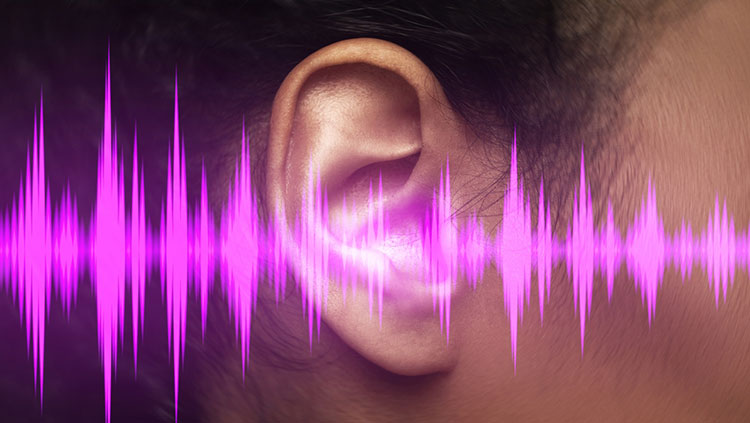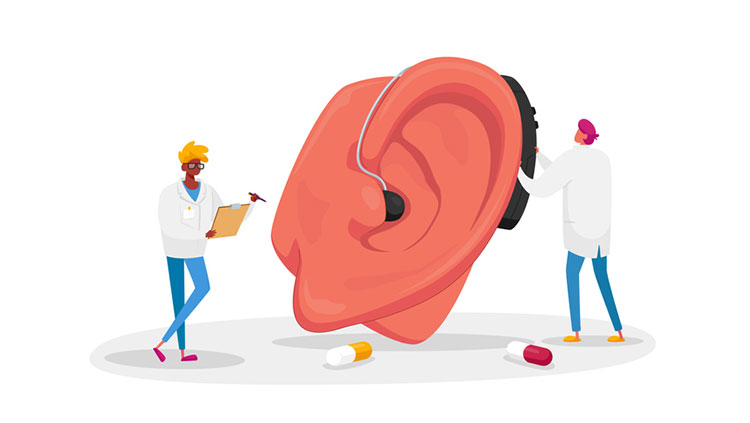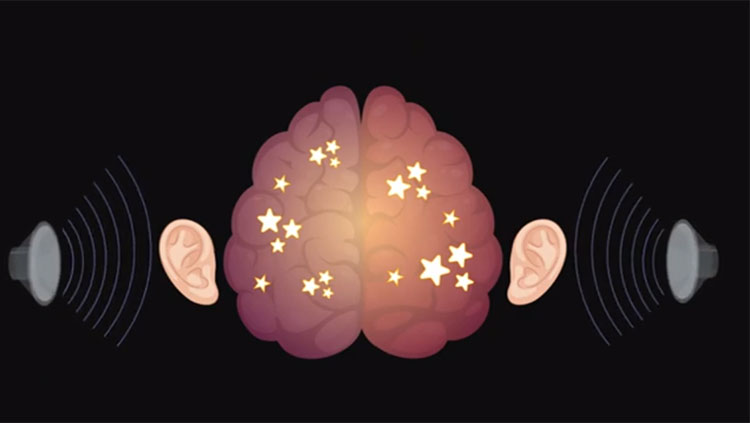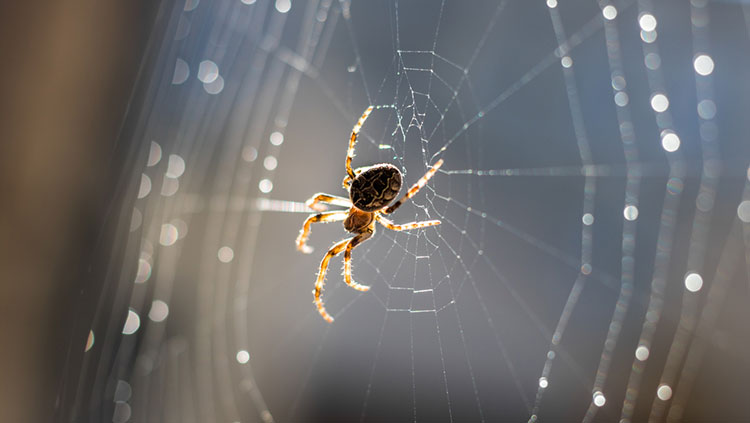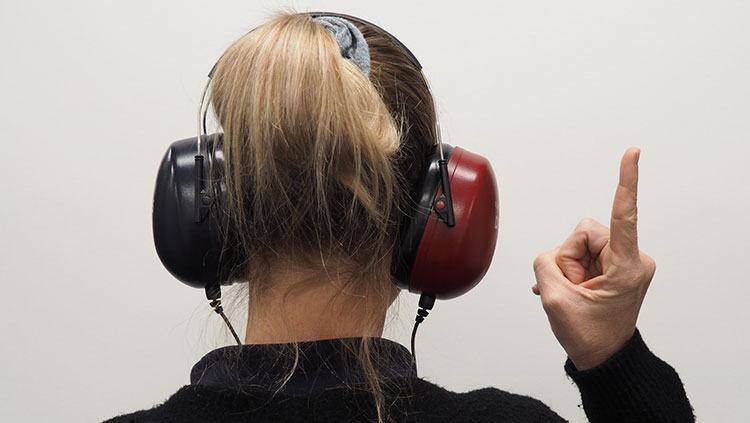Sensing Sound
- Published22 Feb 2016
- Reviewed22 Feb 2016
- Author Michael W. Richardson
- Source BrainFacts/SfN
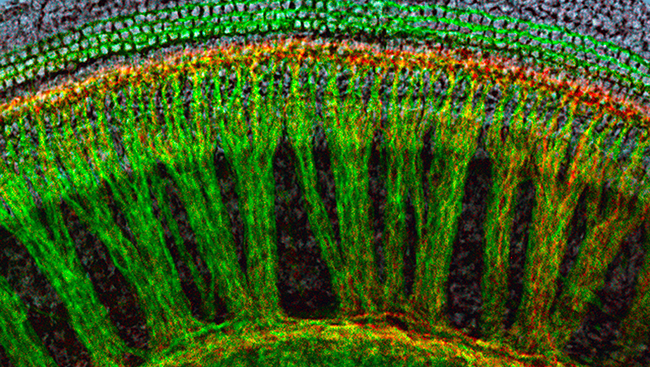
The five main senses — smell, vision, touch, taste, and hearing — all depend on sensory organs that convert information from the outside world into electrical signals the brain can understand. In the case of hearing, that job is done by a spiral-shaped structure in the ear called the cochlea.
The cells in the cochlea are arranged like a wagon wheel, as seen above in a mouse. The green “spokes” carry signals to the brain while the cells in red send signals back from the brain to the cochlea. Scientists now know that the cells in red are particularly important for protecting hearing. Researchers hope that by studying the circuits connecting the brain and cochlea, they can learn how to protect and restore hearing in the future.
CONTENT PROVIDED BY
BrainFacts/SfN



